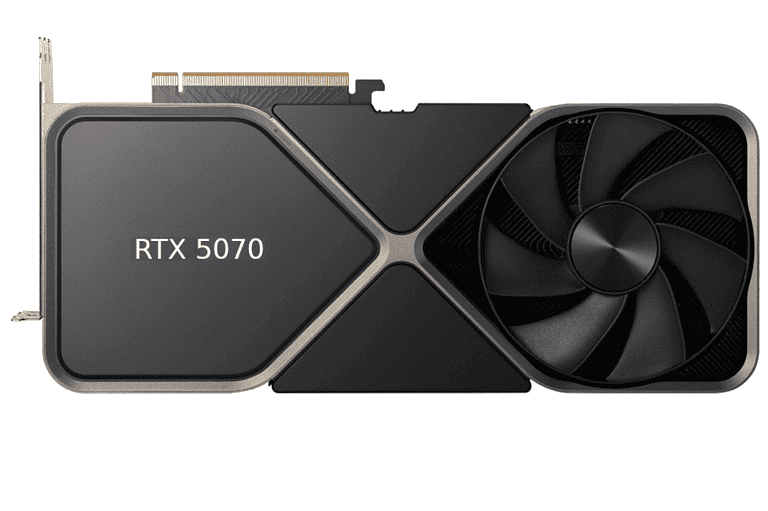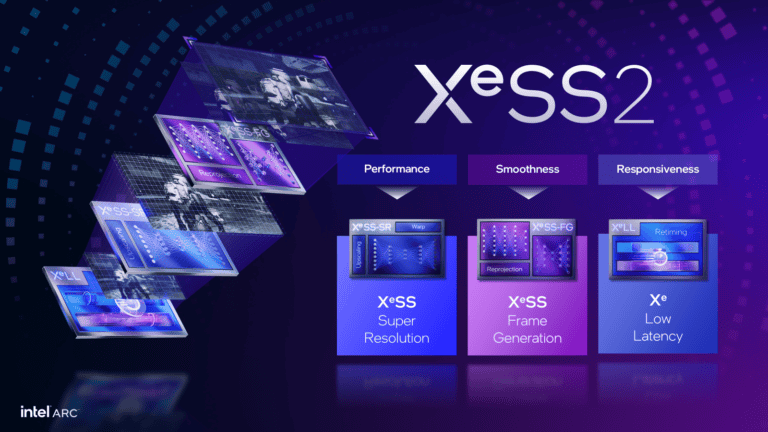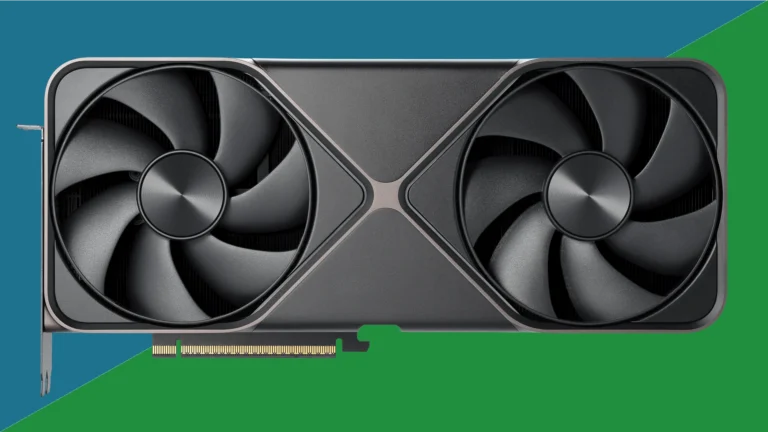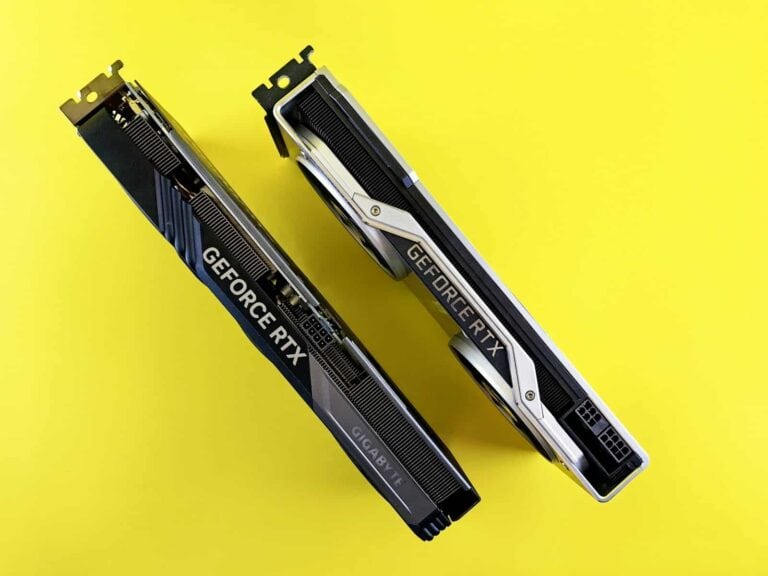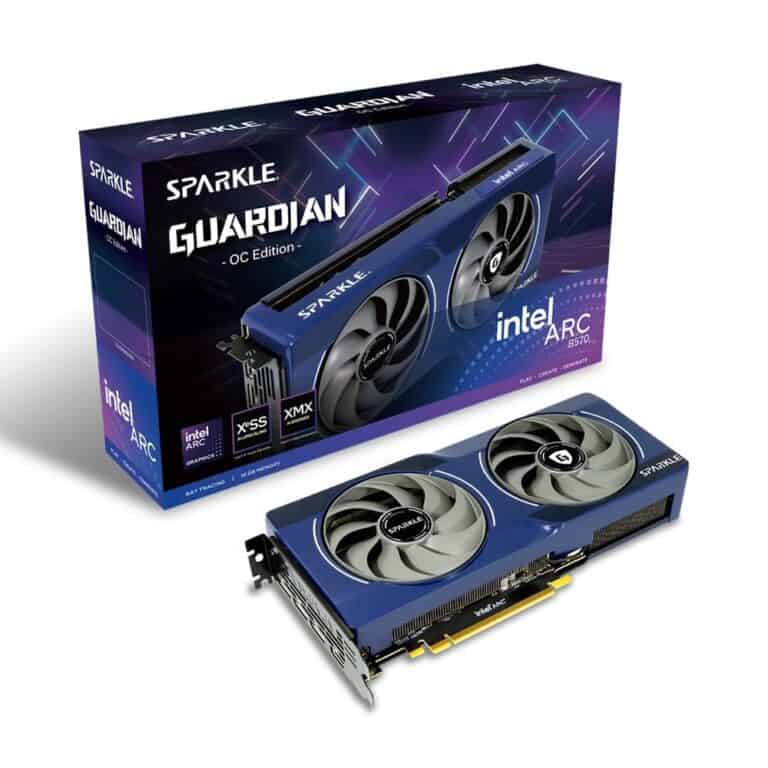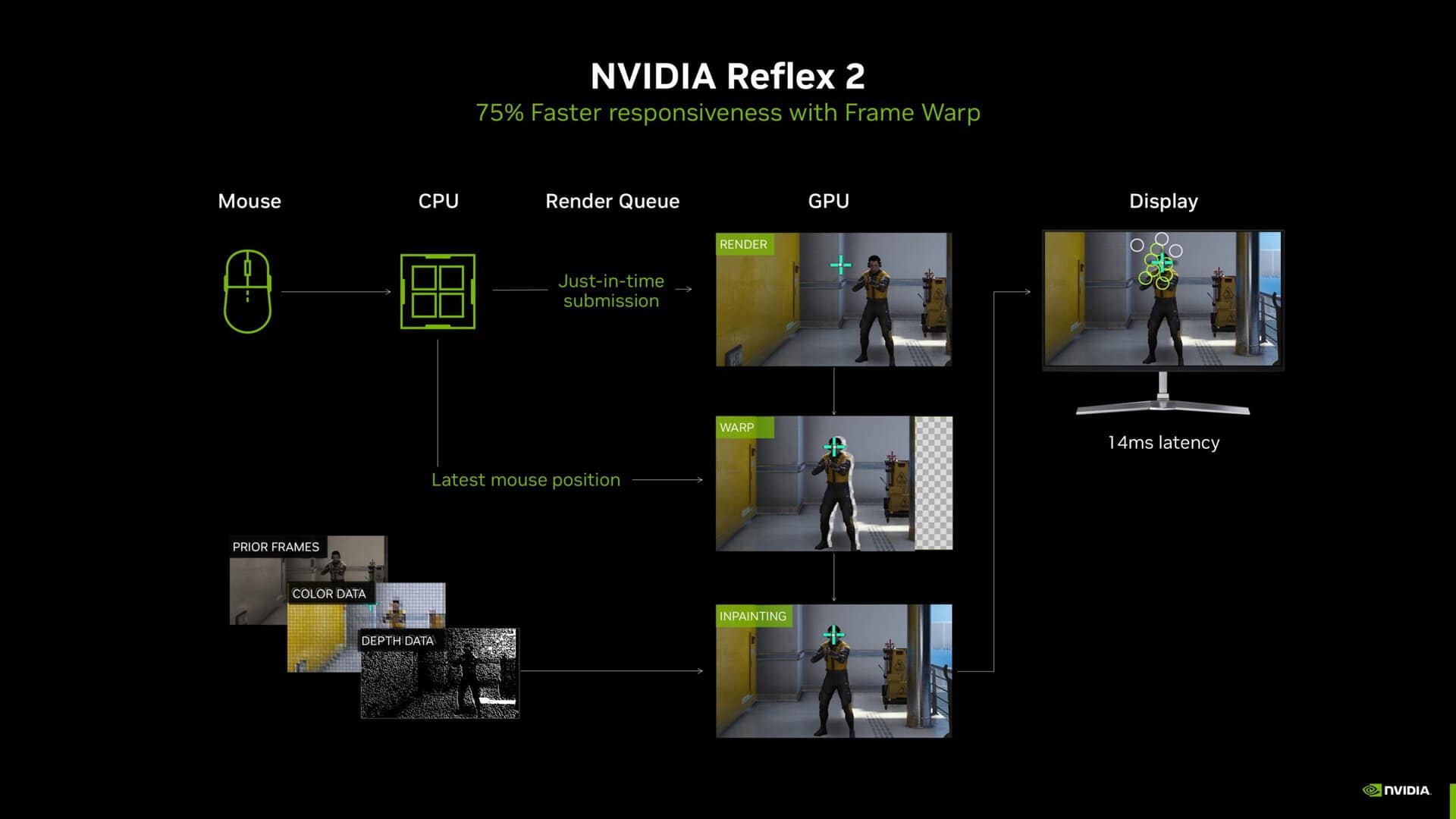
NVIDIA has significantly improved competitive gaming technology with NVIDIA Reflex 2. This new feature, called Frame Warp, can reduce input lag by up to 75%. With Reflex 2, gamers can enjoy a more responsive gaming experience that helps them perform better in fast-paced games.
Input lag, or latency, can really affect how players enjoy games, especially in competitive situations. NVIDIA Reflex technology has been leading the way in fixing this problem. The latest version, Reflex 2, introduces Frame Warp, which adjusts the displayed frame based on the most recent mouse input.
This feature helps predict and reduce delays, leading to smoother gameplay, quicker reactions, and better aim. With Reflex 2 and Frame Warp, NVIDIA raises the bar for low-latency gaming, giving players a competitive edge and ensuring they get the best performance possible.
Understanding NVIDIA Reflex 2 and Frame Warp
What is Latency and Why Does it Matter?
Latency, often called “lag,” is the delay between an action (like moving your mouse) and the result appearing on screen. High latency makes games feel sluggish and unresponsive. This is especially important in fast-paced competitive games where split-second reactions can mean the difference between winning and losing. Lower latency allows for faster reaction times and better aim. NVIDIA Reflex was designed to reduce this latency. Now, Reflex 2 takes it a step further.
How NVIDIA Reflex Works
NVIDIA Reflex has two main parts:
- Reflex Low Latency mode: This reduces the work the CPU has to do, so it can send frames to the GPU faster.
- Frame Warp (New with Reflex 2): This new feature adjusts the rendered frame right before it goes to the display, based on the most recent mouse input.
Frame Warp: A Closer Look
Frame Warp is the key improvement in Reflex 2. It uses a special algorithm to predict where things will be on screen based on your mouse movements. It then adjusts the final frame to match this prediction. This cuts down on the time it takes for your actions to show up on screen. NVIDIA claims this can reduce latency by up to 75% when combined with the original Reflex Low Latency mode. This is a significant improvement over the first version of Reflex.
Benefits of Lower Latency
Lower latency brings many benefits to gamers:
- Faster reaction times: You see things sooner, so you can react faster.
- Improved aim: Your mouse movements feel more precise.
- Better target acquisition: It’s easier to track moving targets.
- Smoother gameplay: The game feels more responsive and fluid.
Games and Hardware that Support Reflex 2
Reflex 2 will first be available on the GeForce RTX 50 series GPUs. Support for other RTX GPUs is planned for later. The game “The Finals” from Embark Studios will be one of the first to use Reflex 2. “Valorant” will also add support soon.
Comparing Reflex Generations
Here’s a table comparing the different versions of NVIDIA Reflex:
| Feature | Reflex (Original) | Reflex 2 (with Frame Warp) |
|---|---|---|
| Latency Reduction | Up to 50% | Up to 75% |
| Key Technology | Low Latency Mode | Low Latency Mode + Frame Warp |
| Initial Hardware Support | Various RTX GPUs | RTX 50 Series GPUs (initial), other RTX GPUs later |
Is Reflex 2 Worth It?
If you play fast-paced competitive games, reducing latency can give you a real advantage. Reflex 2 with Frame Warp offers a significant improvement over the original Reflex, so it’s worth considering if you have compatible hardware and play supported games. The combination of hardware and software working together is key to the latency reduction.
Other Latency Reduction Techniques
While Reflex 2 is a powerful tool, other things can affect latency. Here are a few:
- High refresh rate monitors: These displays show more frames per second, which can reduce perceived latency.
- Fast response time monitors: This refers to how quickly a pixel can change color. Lower response times mean less ghosting and blur, which can also improve perceived responsiveness.
- Good internet connection: For online games, a stable and fast internet connection is essential to minimize network latency.
NVIDIA Reflex with Frame Warp is a big step forward in reducing latency in games. By combining hardware and software, it provides a noticeable improvement in responsiveness. If you are a serious gamer, especially one who plays competitive games, this technology is something to watch.

Short Summary:
- NVIDIA reveals Reflex 2 can reduce PC latency by up to 75%.
- The new Frame Warp technology enhances responsiveness and accuracy for gamers.
- Reflex 2 will be supported on NVIDIA’s latest RTX 50-series GPUs.
At the CES 2025 event, NVIDIA introduced its latest advancement in gaming technology: NVIDIA Reflex 2. This upgraded system is designed to provide a dramatic reduction in input latency, promising enhancements of up to 75% compared to the original Reflex technology. As competitive gaming continues to evolve, every millisecond of delay in response can affect gameplay results, making such improvements highly anticipated by the gaming community.
In 2020, NVIDIA first launched Reflex, a pioneering technology aimed at latency reduction in PC gaming. By synchronizing CPU and GPU processes, it was able to reduce input lag by an average of 50%, allowing gamers to experience a more responsive gameplay environment. Since then, Reflex has been widely adopted, featured in over 100 titles, and has substantially benefited tens of millions of GeForce gamers. Recent feedback shows that more than 90% of users enable Reflex, highlighting its importance for enhanced responsiveness and accurate aiming in competitive games.
NVIDIA Reflex 2 is the next evolutionary step in this journey, enhancing performance even further. The introduction of Frame Warp technology is a game changer, as it updates the rendered game frame right before it is sent to the display. This means player actions are captured and displayed almost instantaneously, sharpening the overall gaming experience.
“In Riot Games’ Valorant, a CPU-bottlenecked game that runs blazingly fast, we achieved an average input latency of under 3ms using Reflex 2 Frame Warp,” NVIDIA stated in a press release. “These are some of the lowest latency figures we’ve ever measured in a first-person shooter.”
During the keynote at CES, NVIDIA CEO Jensen Huang presented a video display showcasing the superior capabilities of the RTX 50-series GPUs. Particularly impressive is the performance of the upcoming GeForce RTX 5090, which can run popular titles like Valorant at over 800 frames per second. Achieving such high frame rates, coupled with minimal input lag, establishes the RTX 5090 as a formidable tool for professional and competitive gaming.
For context, the original Reflex technology improved frame rendering times by optimizing how inputs from players are handled. This process traditionally involves a series of calculations to reflect player actions on screen, which can introduce latency. Reflex 2, however, accelerates this workflow by utilizing Frame Warp, which enables the CPU to quickly calculate the camera position for the next frame based on the latest input. This adjustment allows the GPU to render actions with impressive speed, enhancing player accuracy and responsiveness dramatically.
NVIDIA explained its innovation: “Frame Warp essentially ‘warps’ the frame to show a player’s input as quickly as possible. This ensures that the latest action is seen on-screen, allowing for better aim and more fluid movement.”
Crucially, Frame Warp operates by sampling the most recent camera position and then updating the rendered frame accordingly. This is executed at the latest moment to reflect the most accurate input on screen, allowing for seamless motion and engagement in gameplay scenarios. The technology can operate hundreds of times per second, ensuring smooth visuals and immediate player response, which is pivotal in competitive gaming environments.
The practical benefits are clear. For example, in games with rapid action such as Valorant, the combination of high frame rates and low latency makes a notable difference in overall gameplay. Players can expect more precise control over their actions, giving them an edge when navigating fast-paced scenarios.
“With Reflex 2 and Frame Warp, we provide noteworthy improvements not just in GPU-bound games, but also in CPU-bound scenarios, showcasing Flexibility and adaptation depending on player configurations,” NVIDIA added.
NVIDIA’s comprehensive testing also revealed that, under optimal conditions, players could enter latency-limited situations with reflexes that feel more natural, thereby enhancing game immersion. The transition into Frame Warp was spurred by extensive research and feedback from NVIDIA’s esports study teams, refining how games respond to player inputs.
Looking ahead, Reflex 2 will be compatible with NVIDIA’s entire RTX 50-series lineup initially, but NVIDIA is expected to extend support across various platforms over time. Players using older RTX cards can anticipate updates that utilize Reflex 2’s advanced capabilities, further expanding its audience.
In terms of practical examples, consider the announced support for Reflex 2 in games like Embark Studio’s The Finals. A scheduled demo indicated that latency was markedly reduced from 56ms on an RTX 5070 at maximum settings down to just 14ms when using Reflex 2. This dramatic improvement makes the technology invaluable for competitive players who rely on accurate timing and movement.
As gamers transition into games that leverage this innovative solution, feedback will ultimately shape the future of Reflex technology and its integrations. With positions solidified around enhanced performance, reduced latency, and seamless gameplay experiences, NVIDIA is poised to further revolutionize the competitive gaming landscape.
Overall, NVIDIA Reflex 2 stands as a testament to the company’s commitment to pushing boundaries in gaming technology. Bringing together strong performance enhancements and addressing the fundamental latency issues that many players face, Reflex 2 promises to redefine competitive gaming as gamers know it.
With advancements constantly being made in graphic hardware and software technologies, the emphasis on latency reduction will likely continue, marking a transition into an era where speed truly defines success in gaming. For both amateur players and seasoned competitors, NVIDIA Reflex 2 offers a practical solution, making it a critical component of the future of gaming.

